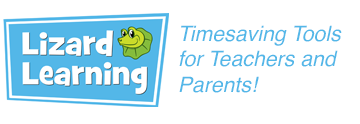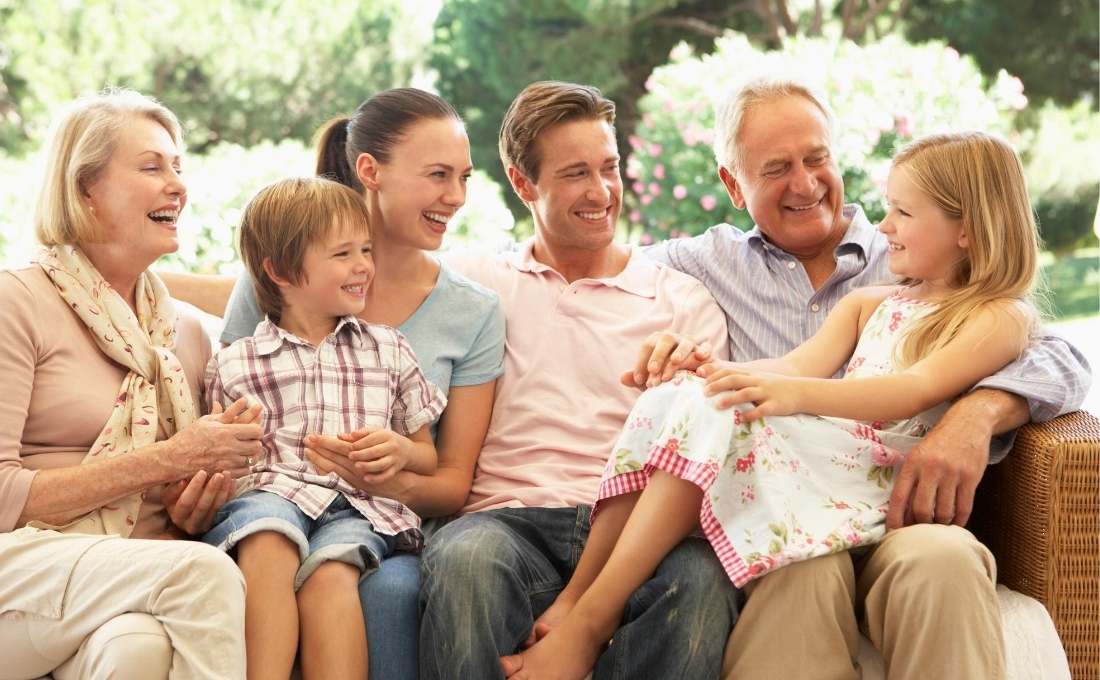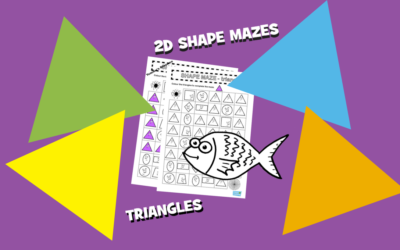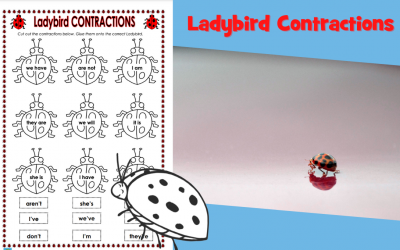The series explores a social model called intergenerational learning; bringing kindergarten children together with the elderly at an aged care centre. Together these ‘bookend’ generations play games, compete in sports teams, read and engage in other fun and challenging activities. Children shine with their personality, energy and enthusiasm, as they rise to the task of supporting their elderly mates; most physically frail and vulnerable and resistant to change in the twilight of their lives. A child’s curiosity, enthusiasm and way of embracing change as exciting and fun spark dormant energy and vitality; quite naturally, the joy of connection reduces anxiety, depression and isolation, and increases loving, nurturing attitudes. Children feel needed and purposeful; giving and receiving love.
Intergenerational care began in Japan in 1976 and has spread to the US, Canada and the Netherlands. The Intergenerational Learning Centre in Seattle is the granddaddy (pun intended) of this educational model. Australian early learning centres are dipping their toes tentatively into the concept. The Grandfriends’ program being trialled at the Southport Early Childhood Centre on the Gold Coast and KITE – Kids Interacting with The Elderly (a joint initiative of St Michael’s Collegiate Early Learning Centre and the Tasmanian Education Department) provide a template for Australia. A United for All Ages report states ‘children who regularly mix with older people see improvements to their language development, reading development and social skills”. Yet, frustratingly, our Federal Government is dragging the chain on a national roll-out.
Grandparents’ days in Prep highlight the significance of family bonds but children need new connections with older generations. Intergenerational education mimics the relationship between children and grandparents and reinforces attachment bonds. These bonds create happy, healthy, well-rounded children. Parents and teachers recognise increased self-esteem, kindness, compassion and empathy in their little ones. Support, shared play and cooperation become evident in a child’s relationships. A child’s fearless, open approach to facing challenges inspires perseverance. Resistances are broken and shared emotions are illuminated through the joys of connection. Even world-weary hearts melt with a child’s smile and laugh.
Through intergenerational learning, children can appreciate the history, skills and achievements of older people, who have contributed to the current state of the world. Children gain knowledge and develop a broader picture of who they are in a multigenerational society. The elderly can represent a kindly adult presence, less physically imposing; their vulnerability often brings out a child’s kindness and nurturing care. For a child’s emotional development, qualities of empathy and compassion through awareness of the needs of people with disabilities and diminished function are powerful.
Mounting evidence of psychosocial, developmental benefits for children will hopefully instigate political momentum. Social policy in Australia needs to evolve and adapt to recognise the immense value of intergenerational education; government funding must be sustainable for this model to thrive and become embedded in the social fabric of inclusive communities in this country.





0 Comments